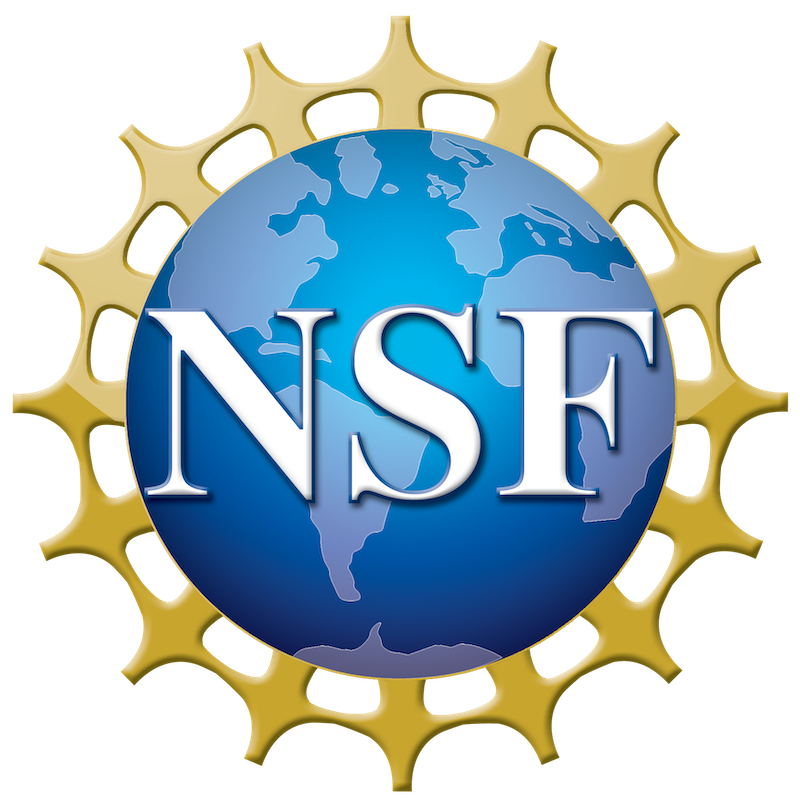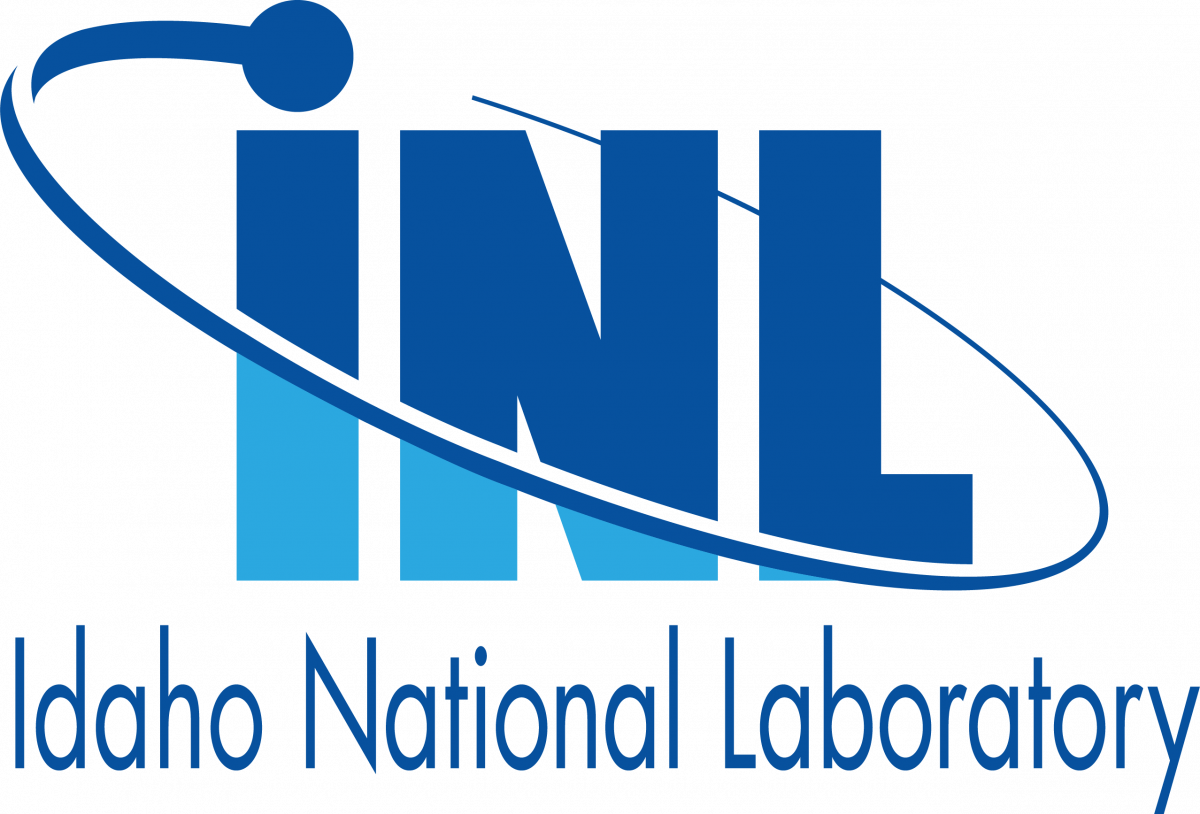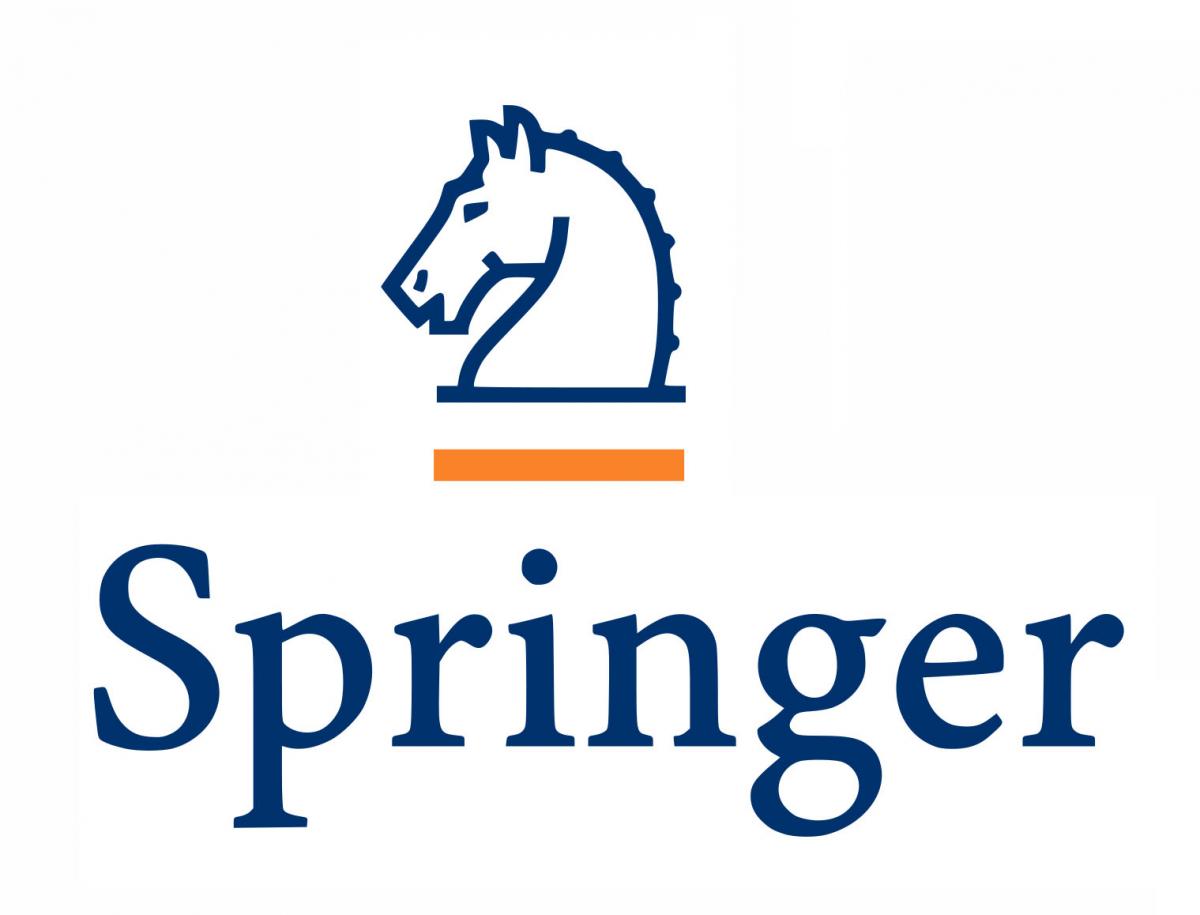Eligiusz Postek, Polish Academy of Sciences
Tomasz Sadowski, Lublin University of Technology
Somnath Ghosh, Johns Hopkins University
Modern composites are used in many strategic industrial sectors, such as aerospace, nuclear power plants, and space exploration. Following the experimental observations on the composites, the most important is their microstructure for the composites' loading resistance (mechanical or thermal). Advanced composite materials are characterized by complex internal multiphase structures including polycrystals, layered, FGM, and others. They can be brittle, ductile, and hybrid, i.e., both brittle and ductile. The materials are used in structures of high importance, for example, cutting tools, drilling devices, jet engines, military applications, and many others.
This minisymposium will focus on the effects of microstructure of the composite materials on their strength. In particular, the following effects occur during impact load, and they are of interest:
- Phase transformation during impact load,
- Properties of the interfaces between phases,
- High strain rate in the metallic phase,
- Coupled problem of heat generation in the metallic phase,
- Fracture of the brittle phases,
- Damage development in metallic and brittle phases,
- Atomistic simulations of the interfaces between the phases under high pressure induced by the impact.
Examples of such advanced materials are multiphase polycrystals (e.g. WC/Co, SiC/Al, Al2O3/Ti(C, N)/ZrO2), CMCs, MMCs, and others. The combination of phases of different properties yields a complex usually random microstructure.
Talks focusing on experiments that can be used to verify numerical simulations and highlight this context are strongly encouraged. Talks on Artificial Intelligence/Machine learning approaches that can help improve simulation quality and incorporate uncertainty due to measurements are also highly appropriate for this session.
The minisymposium aims to provide a forum where researchers can present and discuss numerical methods for complex composites, their validation and verification, as well as the practical applications of complex composite materials.











